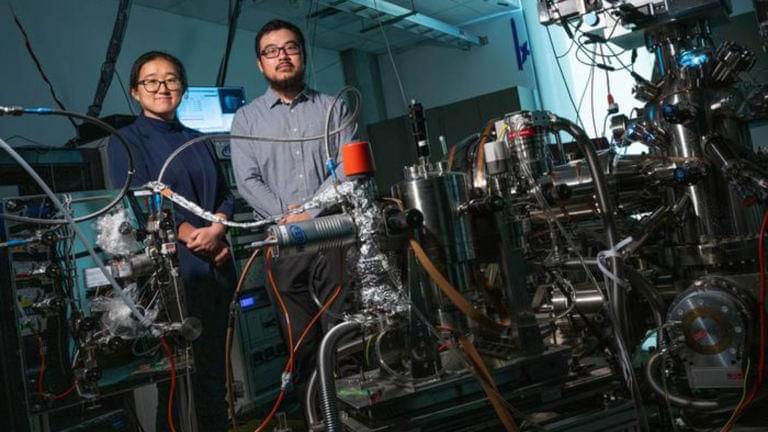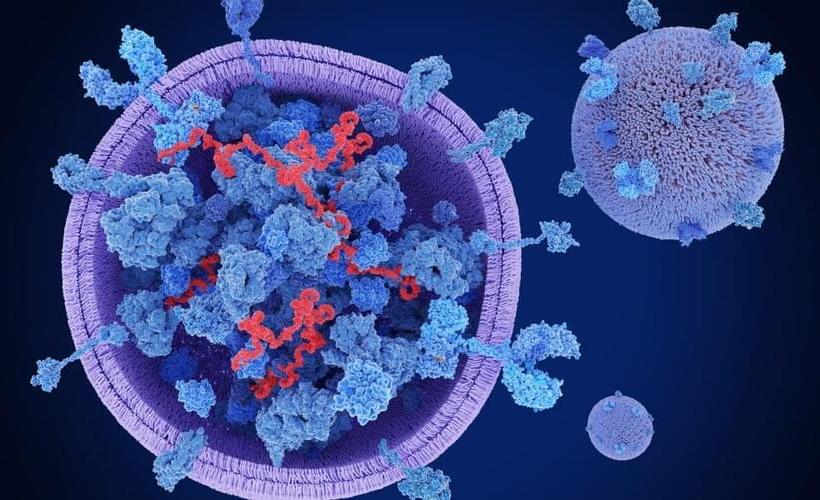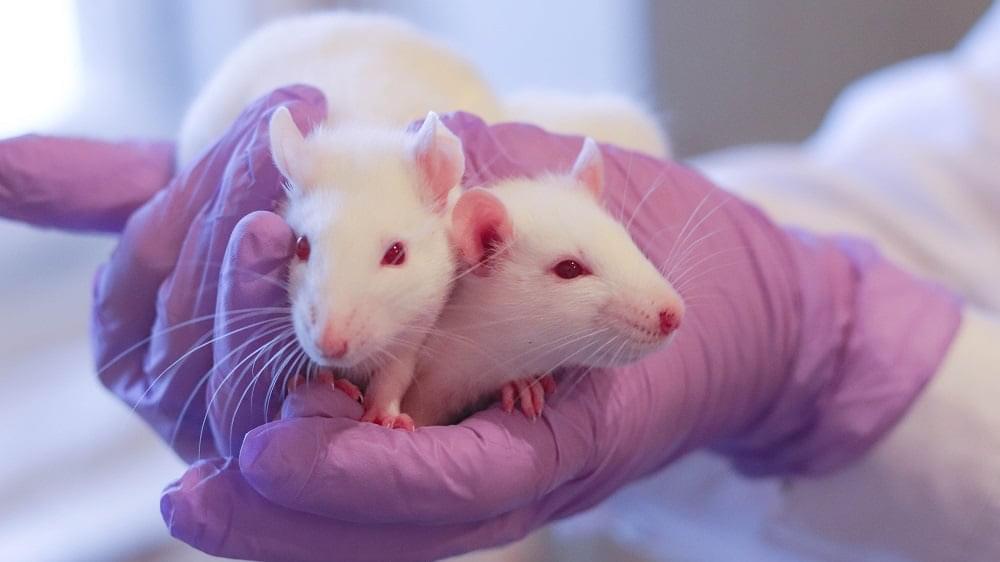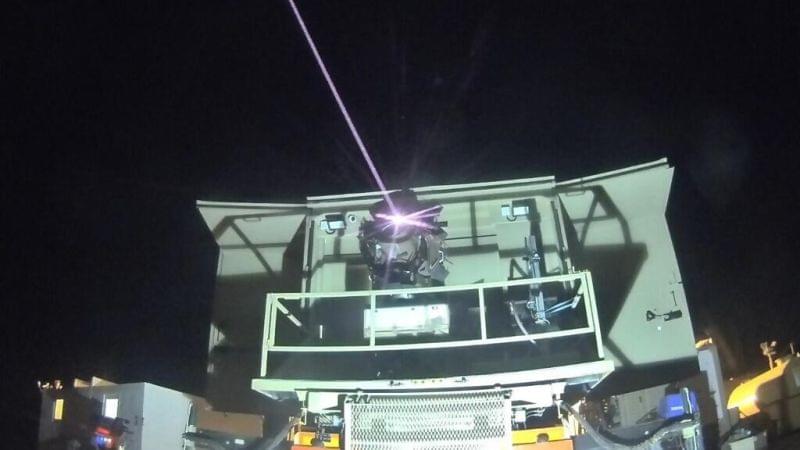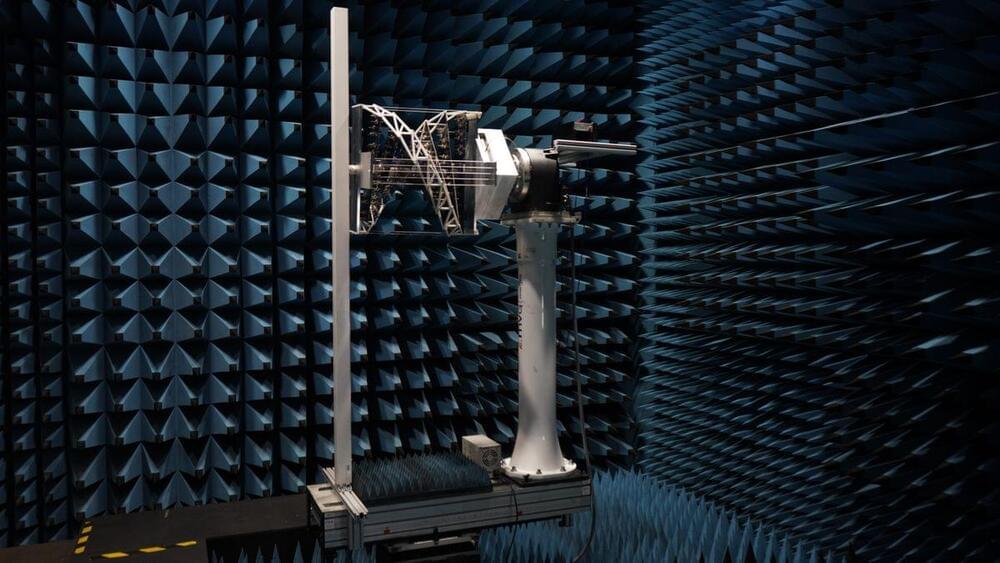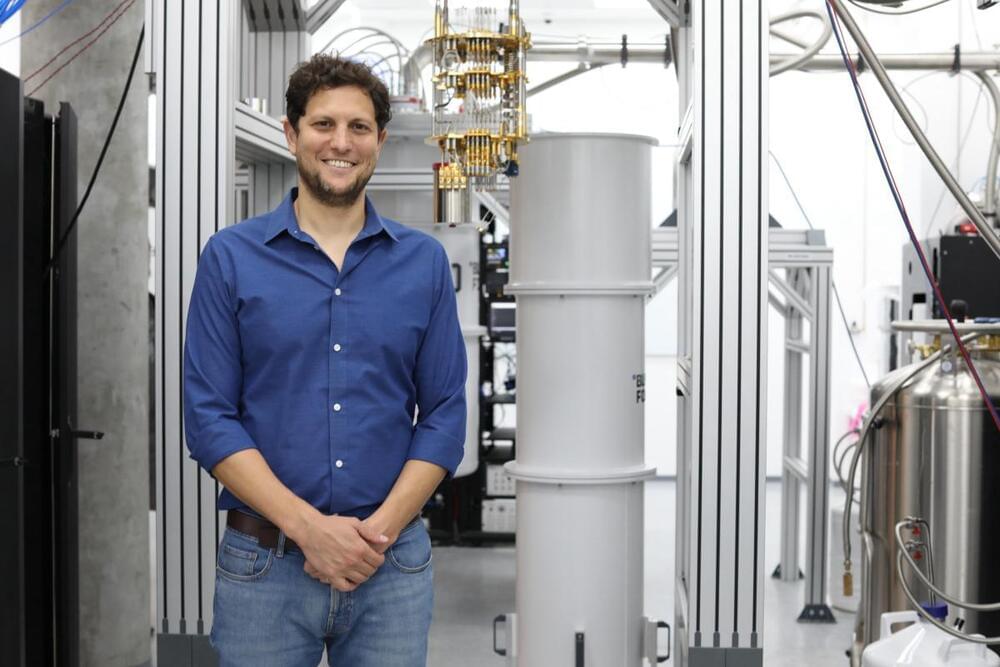This complete shell structure results in enhanced stability compared to isotopes with different configurations.
“100 Sn is also the heaviest nucleus comprising protons and neutrons in equal numbers — a feature that enhances the contribution of the short-range proton–neutron pairing interaction and strongly influences its decay via the weak interaction,” CERN researchers remarked in a previous study.
“Understanding the nuclear properties in the vicinity of 100 Sn, which has been suggested to be the heaviest doubly magic nucleus with proton number Z (50) equal to neutron number N (50), has been a long-standing challenge for experimental and theoretical nuclear physics,” said the research team in the study.
